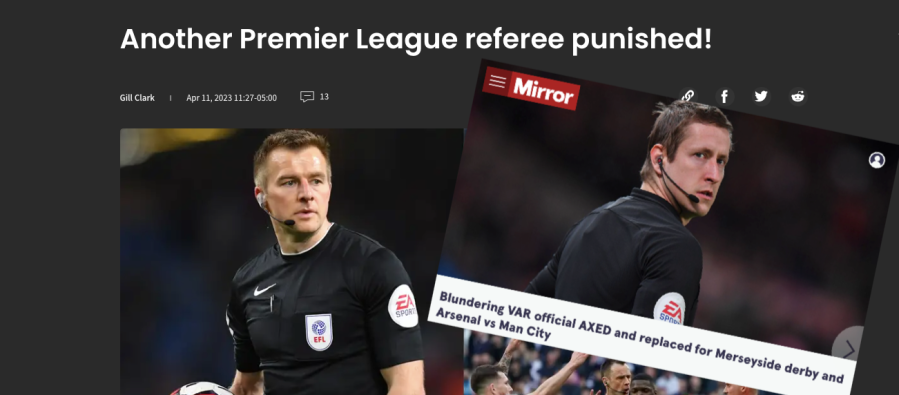The first time I traveled to Thessaloniki to visit my Greece-based colleagues, Leo, who lived in the city, offered to pick me up from my hotel and take me to the office in a nearby suburb. When he pulled up to the hotel, he greeted me warmly — I had only interacted with him via video calls, so it was a treat to meet him in person. After we exchanged pleasantries, I noticed that he had three cups of coffee in the car. “Are we picking up someone else?” I asked with a confused smile. “No, these are for you,” Leo replied. “I didn’t know what kind of coffee you liked, so I have three options: One with cream and sugar, one without and one freddo, which is how we take it here in Thessaloniki. Pick whatever one you like, or even all three!”
Even before meeting him in person, I couldn’t have esteemed Leo more, but I found this not only the quintessence of hospitality but also of wisdom and humility. After we arrived at the office and settled into our first group session, I asked our assembled colleagues who the coffee experts were. A couple of proud coffee enthusiasts raised their hands, and I asked them, “Okay, how long would it take you to determine among yourselves what kind of coffee I like?” They exchanged awkward smiles and demurred. I quickly let them off the hook and shared the story of Leo’s three coffees.
To be sure: Expertise has value, whether it’s my trusty mechanic, your orthodontist or an artificial-intelligence development team. We don’t want n00bs on these tasks. Expertise also has limits, such as when all of the analysis in the world won’t be able to find the answer, because the right answer is fundamentally unknowable ahead of time. I could’ve locked the coffee experts in a room for days, and they would’ve been no closer to the answer than when they started; indeed, they may’ve actually become more fixed on the wrong answer with the confident illusion that they were right. This is often what happens in product development, when we have a fixed road map with only one path forward, generated by “expert” product people who are expected to know everything.
My coffee preference was an instance of a market (a simple market of one person, of course), a complex system. When we’re working in complexity, the appropriate approach was what Leo took: probe, sense and respond. In other words, try something with small consequences and see what happens. Even if he were a coffee expert, Leo couldn’t have known ahead of time the best coffee for me that morning. Indeed, I didn’t even know what coffee I would like until I saw all of the options; after all, I had never even tried a Greek freddo, so how could a team of experts have known? It wasn’t that Leo had no clue about what to offer — he took an educated guess with a few options — but he held those options loosely, humbly, as a probe to see what might appeal to this particular American visitor in a new city on that particular June morning, a novel scenario. In fact, by having more coffee than people, he actually expected that at least one wouldn’t succeed. As Dave Snowden writes:
The famous Biblical parable of the sower applies here. We sow seeds, some fall on fertile ground, others on impenetrable soil, and yet others sprout but get overgrown by weeds. Our responsibility is to keep sowing the seeds, and tending the ones that are growing; that is all we have control over.
You might counter that, like the sower with some of the seeds, Leo wasted a coffee. Technically, yes. But that would be to focus on the seen and not the unseen. He actually wasted less than he would’ve had he confidently — and ignorantly — prepaid for a week of coffees that I didn’t like, an even riskier proposition (and yet something we observe all the time with locked-in, feature-based product roadmaps and backlogs). Thus, he “truncated unproductive paths quickly,” in the words of Don Reinertsen.
Of course, the starting conditions mattered: Leo was in a psychologically safe environment (despite having never met me in person, he could be reasonably sure that I wouldn’t punish him for not magically intuiting my coffee preference), and he had the humility to admit that he didn’t know the answer. Amy Edmondson, in The Fearless Organization, commends women’s fashion designer Eileen Fisher for calling herself a “don’t knower.” Obviously, it doesn’t mean Fisher doesn’t know anything, but, rather, she — like Leo — has the wisdom to know the limitations of expertise in a complex environment.
The takeaway: First, know in what domain you’re working. Second, consider the appropriate approach. Have the humility and wisdom to know your limitations. In complex environments, expertise is asymptotic: It feels like you’re coming to the answer, but you never really get there, because you can’t. Instead, be like Leo, who when it comes to complexity, takes a page from his Grecian forebear, the great Socrates: “The only true wisdom is in knowing you know nothing.”
And yes, I recommend trying the freddo.



















